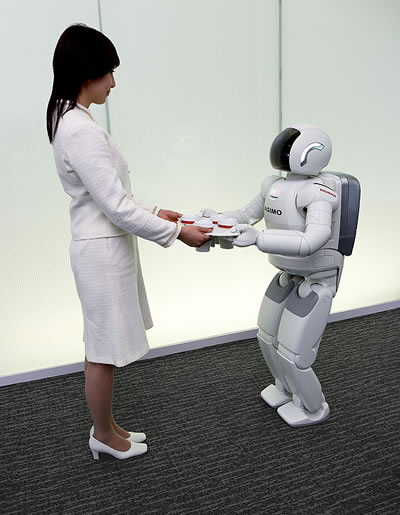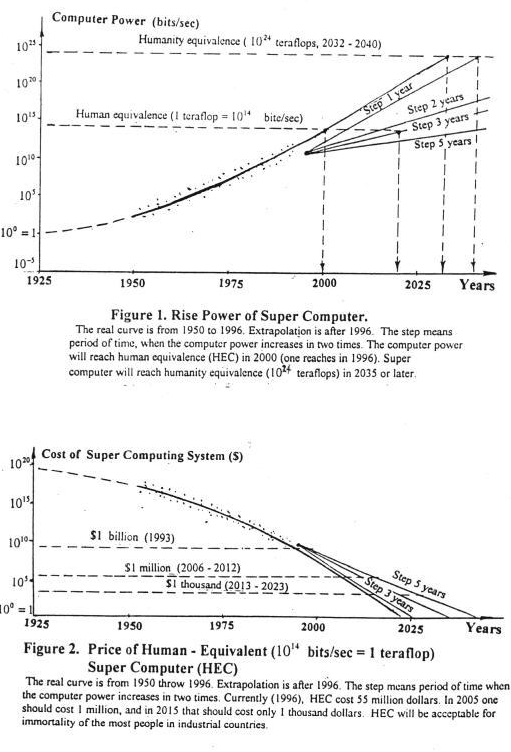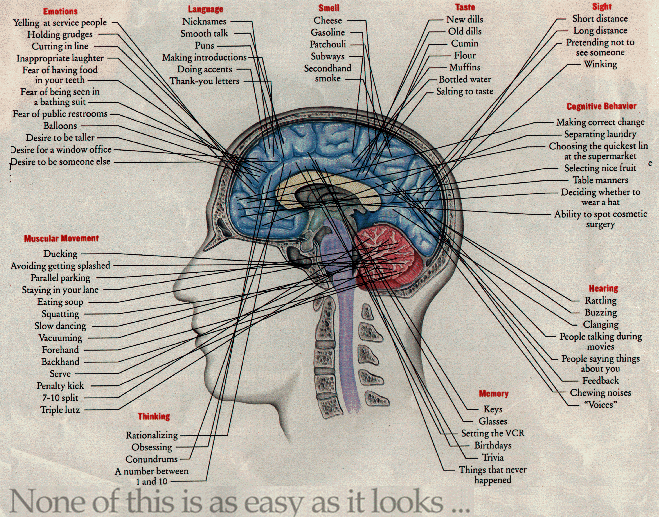Application software is a subclass of computer software that uses computer skills directly and thoroughly to a task that the user wants to perform.
This should be compared with software systems that are involved in integrating a variety of computer capabilities, but typically do not directly apply them in the execution of tasks that benefit the user.
In this context the application refers to both software applications and implementation. A simple, if imperfect analogy in the world of hardware would be the relationship of an electric light bulb (an application) for electricity generation plants (the system).
The power plant produces only electricity, not itself of real use to be used for applications such as electric lights that do useful service for users. Typical examples of software applications word processing, spreadsheets and media players. Some applications are bundled together as a package are sometimes referred to as an application suite.
Some bundles together maybe a word processor, spreadsheet, and several other discrete applications.
Separate applications in a suite usually have a user interface that has some similarities making it easier for users to learn and use each application.
And often they may have some ability to interact with each other in ways beneficial to the user.
For example, spreadsheets may be embedded in a word processing document, despite being made in a separate spreadsheet application. User written software tailors systems to meet the specific needs of users.
User written software include spreadsheet templates, word processor macros, scientific simulations, graphics and animation scripts.
Even the kind of email filter software users.
Users create this software themselves and often overlook how important it is. In some types of embedded systems, software applications and operating system software can be divided into users, such as in the case of software used to control the VCR, DVD player or Microwave Oven.
This should be compared with software systems that are involved in integrating a variety of computer capabilities, but typically do not directly apply them in the execution of tasks that benefit the user.
In this context the application refers to both software applications and implementation. A simple, if imperfect analogy in the world of hardware would be the relationship of an electric light bulb (an application) for electricity generation plants (the system).
The power plant produces only electricity, not itself of real use to be used for applications such as electric lights that do useful service for users. Typical examples of software applications word processing, spreadsheets and media players. Some applications are bundled together as a package are sometimes referred to as an application suite.
Some bundles together maybe a word processor, spreadsheet, and several other discrete applications.
Separate applications in a suite usually have a user interface that has some similarities making it easier for users to learn and use each application.
And often they may have some ability to interact with each other in ways beneficial to the user.
For example, spreadsheets may be embedded in a word processing document, despite being made in a separate spreadsheet application. User written software tailors systems to meet the specific needs of users.
User written software include spreadsheet templates, word processor macros, scientific simulations, graphics and animation scripts.
Even the kind of email filter software users.
Users create this software themselves and often overlook how important it is. In some types of embedded systems, software applications and operating system software can be divided into users, such as in the case of software used to control the VCR, DVD player or Microwave Oven.















